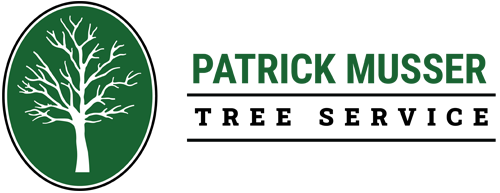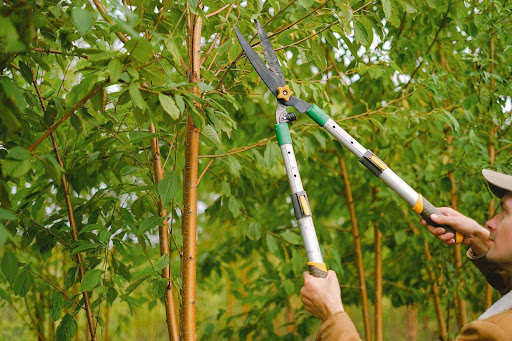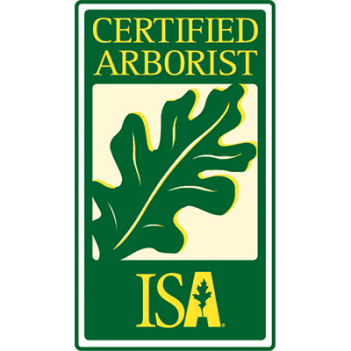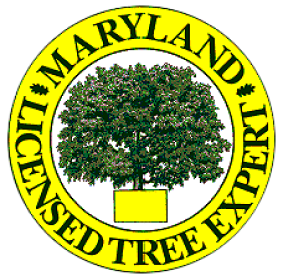The long-term health, beauty, and safety of your landscape depend on properly trimming trees. Tree trimming is a science, and there is a right and wrong way to trim a tree. If the wrong approach is used, you could harm the tree’s health and even kill it.
In this post, we have rounded up the top trimming and pruning mistakes to avoid trimming trees incorrectly, and we will cover the best way to prune a tree.
If your tree is suffering from inappropriate pruning, Patrick Musser Tree Services can help repair bad pruning and boost your tree’s health.
Dangers of Trimming Trees Incorrectly
You probably know that proper tree trimming or tree pruning, removes dead and dying branches, creates room for new growth, enhances the tree’s natural shape, improves property aesthetics, protects your property and passerby from falling limbs, keeps pests away, and promotes views. But what are the dangers of trimming trees incorrectly?
- Injury to Yourself – One of the main risks of improper trimming is inflicting an injury on yourself. If you cut large branches without the proper skill or gear, it could land on you and cause serious injury. You could also fall from a dangerous height if you attempt to climb the tree, or you may injure yourself with the tools.
- Decay and Death of the Tree – When tree branches are cut improperly, or the wrong limbs are removed, the wounds may not heal, causing the tree to decay and eventually die.
- Weakened Structure – After years of improper trimming, the tree may develop a weak structure and pose a hazard during storms.
- Pests and Infestation – Gaping wounds on the tree that take too long to heal may attract pests, causing the tree to succumb.
- Malnourished Tree – If a lot of the upper foliage is cut away, it may affect the tree’s ability to make food. The tree may become malnourished and won’t bear fruits.
Top Trimming Mistakes to Avoid
Trimming Without a Goal
Before you pick up your trimming tools, make sure you have a good reason to start cutting branches. If you aren’t trimming to remove dead limbs, remove risky overgrown branches, stimulate growth, or boost fruit production, think again. Pruning without a clear goal in mind can cause harm that may be difficult or impossible to reverse.
Improper Pruning Cut
Pruning should be done in a way that causes minimal damage to the tree. That means the cuts you make should be able to heal in a short time. One example of improper pruning is cutting too close to the trunk. Also called a flush cut, this poor pruning practice leaves a gaping wound that struggles to heal.
Another wrong way to trim a tree is cutting too far from the trunk, also known as stub cutting. This leaves a huge dead branch that starts to rot backward, eventually reaching the trunk and spreading decay inside the tree. These harmful pruning techniques can kill a tree.
Tree Topping
Also known as heading, topping is another pruning malpractice used to reduce a tree’s height. A large section of the tree’s upper portion is removed, reducing the branches to stubs. By removing a large portion of a tree’s leaf-bearing crown, you effectively deform it, halt its natural growth, and cause undue stress, making it highly likely to die. Remember, no more than one-quarter of a tree’s crown should be removed at once.
Tree Tipping
Tipping is another bad pruning practice where you cut side branches to minimize crown width. This triggers the growth of shoots from epicormic buds that lie dormant beneath the bark. The shoots eventually die because they are weakly attached to the stem. Tipping may also permanently kill the branch and spread the decay to other parts of the tree.
Wrong Timing
Another trimming mistake to avoid is improper timing. Even if you make the right trimming cuts but get the timing wrong, you’re exposing your tree to various dangers. The growing season—spring to summer isn’t a good time to trim unless you’re removing dead branches. Without leaves to make food in summer, the tree will starve.
The tree will also struggle to adapt when water is scarce and even be affected by sun scald. The right time to prune a tree depends partly on what kind of tree you have, but as a good rule of thumb, you should prune during late fall and early winter when the tree is dormant. This will reduce sap flow from wounds and prevent infestation, as most of the harmful insects and organisms are less active during this time.
Using Tools Incorrectly
Proper tools are key to a satisfactory pruning job. The tools you pick will depend on the branches you want to cut and the amount of work to be done. Make sure you sharpen the tools, as dull pruners or loppers can damage branches. On top of that, clean and sanitize your tools after working on every individual tree to prevent the spread of disease from sick to healthy trees.
Best Way to Trim a Tree
Here are the first things to look for when assessing which parts of a tree to trim or prune:
- Dead branches with dried foliage or rotting wood
- Dying branches with drooping leaves
- Diseased branches with yellow, black or brown-spotted leaves
- Clustering branches where too many leaves are crowding in a small section of the tree.
- Acute branches connected to the tree at sharp angles
- Crossing branches that hamper air circulation between branches
Once you identify the branches that need to go, use these steps:
- Start by making a shallow cut on the underside of the branch, around 4-5 inches from the trunk.
- Saw the branch off around 2-3 inches above the initial cut. The initial cut ensures that the bark doesn’t peel down the side of the trunk when the branch falls.
- To remove the remaining stub, make a cut just outside the slightly swollen area where the branch and trunk are connected.
Let a Certified Arborist Prune Your Trees the Right Way
Pruning is a detailed craft that requires a good knowledge of trees and the right set of tools. Instead of doing it yourself and risking the health or life of your beloved tree, let our well-trained, committed, and seasoned professionals at Patrick Musser Tree Services handle the pruning and trimming tasks.
And if you incorrectly trimmed your tree, we can help correct the pruning mistake. Feel free to call us anytime for a tree inspection.



